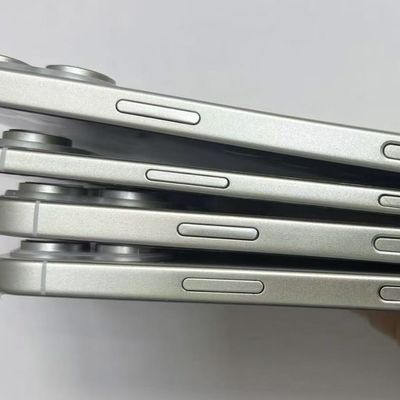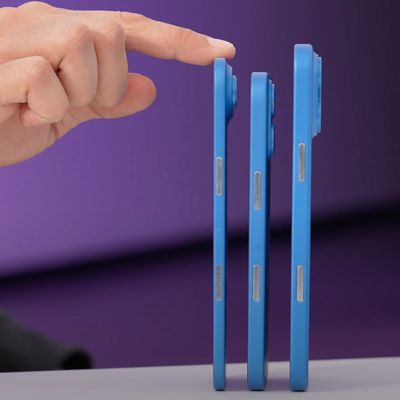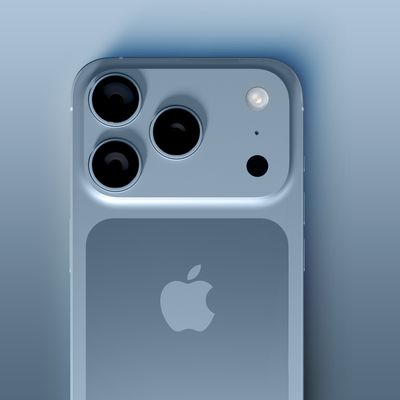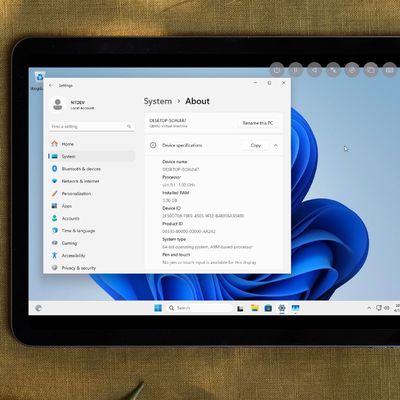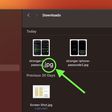Update 6:44 p.m.: Samsung has informed MacRumors that the original report from The Elec is "completely incorrect" and that the "details are false." While The Elec has pulled its report entirely, we are leaving our original article intact below for reference to ensure clarity around the situation.
Apple is reportedly planning a significant shift in its iPhone hardware design by transitioning to discrete memory packaging to enhance on-device AI performance.
![]()
Samsung, a key supplier of Apple's memory components, has begun research to accommodate the change at Apple's request, according to a new report from Korea's The Elec. The shift will mark a departure from the current package-on-package (PoP) method, where the low-power double data rate (LPDDR) DRAM is stacked directly on the System-on-Chip (SoC). Starting in 2026, the DRAM will instead be packaged separately from the SoC, which should significantly improve memory bandwidth and enhance the iPhone's AI capabilities.
The current PoP configuration was first introduced in the iPhone 4 in 2010 and favored since then for its compact design. Stacking the memory directly atop the SoC minimizes the physical footprint, which is especially important for mobile devices where space is at a premium. However, PoP packaging imposes constraints that limit its suitability for AI applications, which require faster data transfer rates and more memory bandwidth.
With PoP, the size of the memory package is constrained by the size of the SoC, capping the number of I/O pins and therefore limiting performance. Moving to discrete packaging will allow the memory to be physically separated from the SoC, enabling the addition of more I/O pins. This design change should increase the data transfer rate and the number of parallel data channels. Separating the memory from the SoC also provides better heat dissipation.
Apple has previously used discrete memory packaging across the Mac and iPad product lines but later shifted to memory-on-package (MOP) with the introduction of the M1 chip. MOP shortens the distance between the memory and the SoC, reducing latency and improving power efficiency. For the iPhone, adopting discrete packaging may necessitate other design changes, such as shrinking the SoC or battery to create additional space for the memory component. It may also use more power and increase latency.
In addition, Samsung is reportedly working on next-generation LPDDR6 memory technology for Apple, which is expected to offer two to three times the data transfer speed and bandwidth of the current LPDDR5X. One variant under development, LPDDR6-PIM (Processor-in-Memory), integrates processing capabilities directly into the memory. Samsung is said to be collaborating with SK Hynix to standardize this technology.
The changes could appear beginning with 2026's "iPhone 18" devices, providing Apple can overcome engineering challenges related to SoC miniaturization and internal layout optimization.


